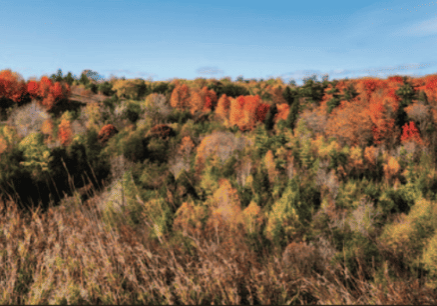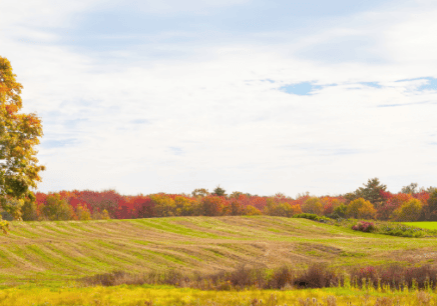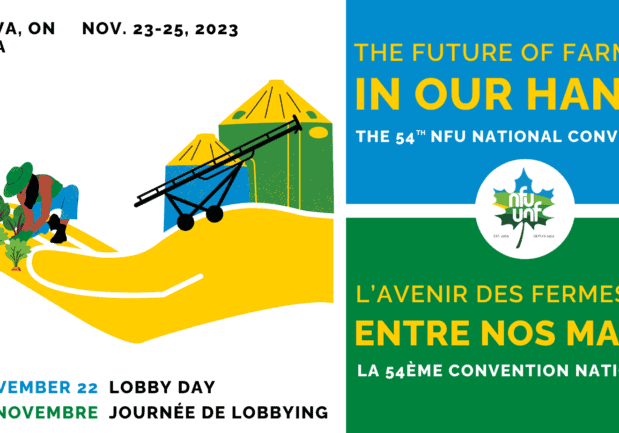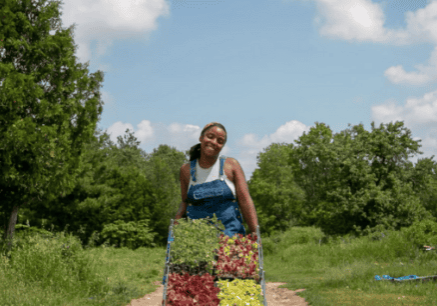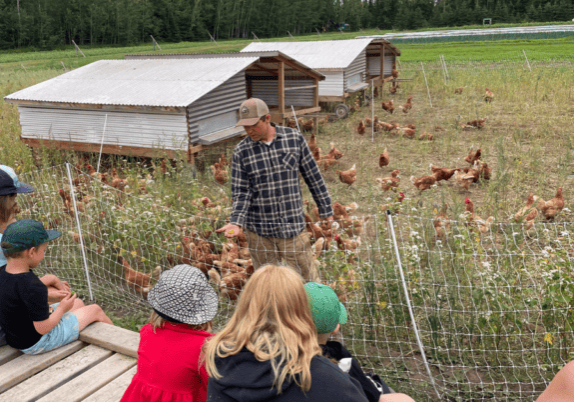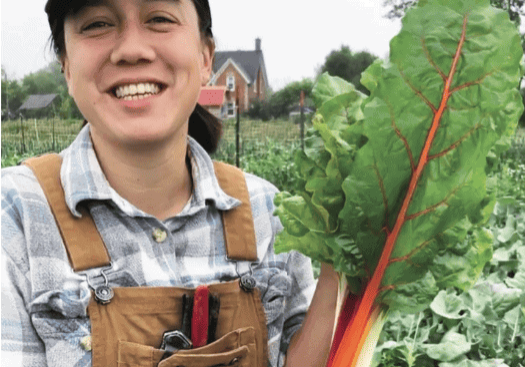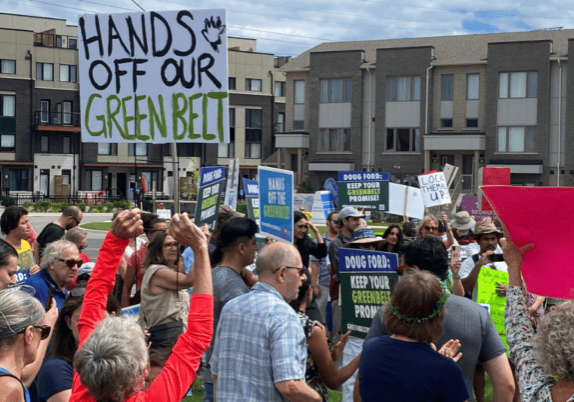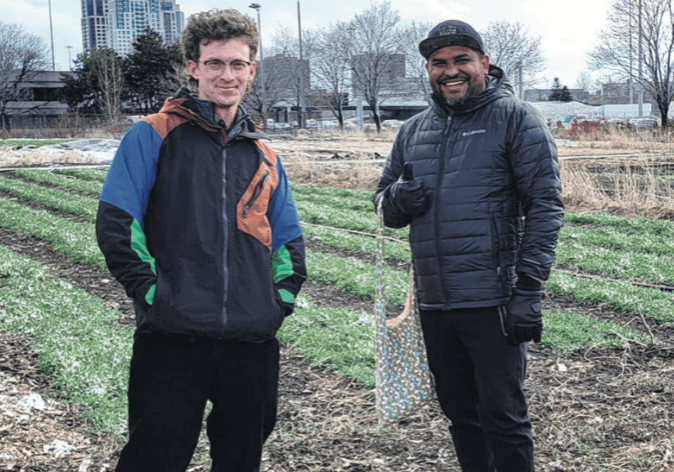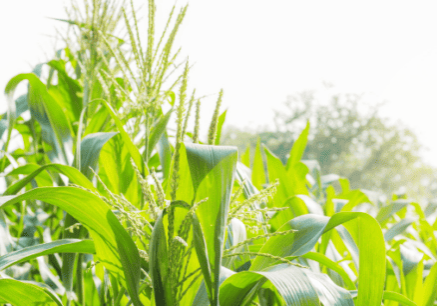“Planting the Seed”: Growing Native Plants
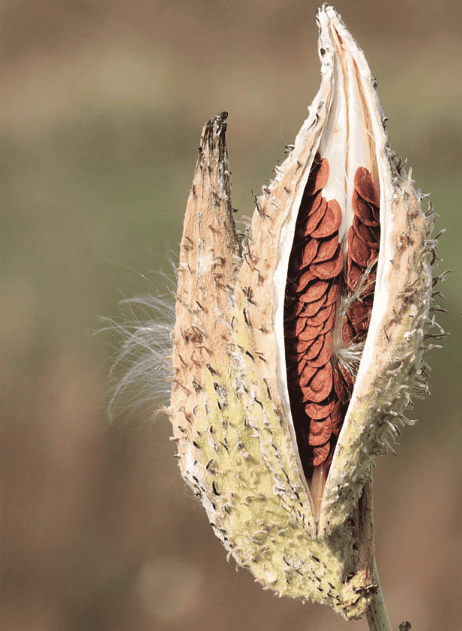
National Farmers Union – Ontario Newsletter
The Rural Voice | June 2023
Across the country, changes in bylaws and regulations are resulting in a massive rise in demand for native plants for ecological restoration projects of all sizes and habitats. This is great news! Ecosystems depend on native plants because they evolved in reciprocal relationships with native animals, insects, soil organisms, and water systems local to their region. Removing native plants leads to the collapse of entire ecosystems, and planting natives supports ecosystem health that keep our water clean, keep our CO2 levels down, and keep the birds singing.
However, the demand for native plants is so great that it is actually outpacing supply – by a lot. One reason is that many regeneration projects are highly localized, often needing to source seeds and plants from within a few kilometers of the site. Another reason why the supply chain is slow to respond is that growing native plants still lacks the formalized research that other horticultural and agricultural industries rely on. With many plants taking years until they can be ready to fulfill contracts, knowing realistic timelines on completing projects is critical. Native plants should be transplanted during spring and late fall, though much of the landscaping work happens in summer when supply is low. Seed and other source materials for native plants must be highly localized – something that contradicts our globalized economy. Native plants are also, at times, challenging to propagate, as they were not developed to fit neatly into scheduled plantings like most domesticated species. Finally, hundreds of varieties of native plants require high levels of diversification and knowledge.
Because of the nature of working with native plant communities, Big Business may never find native plants an attractive investment. This creates an exciting opportunity for small to mid-sized growers to meet this growing demand while contributing to the regeneration of natural habitats across the province. A number of organizations and growers are already responding to the call. Carolinian Canada, for example, aims to plant “Canada’s Biggest Wildlife Garden” through their “In the Zone” project, while the Forest Gene Conservation Association plans to train 15 certified native seed collectors this year.
Regionally, Regenerate Grey Bruce – a new project hosted by The Sustainability Project and financed by the Greenbelt Foundation —is working with NFU Local 344 (Grey) and the Ecological Farmers Association Ontario (EF AO) to co- ordinate a pilot program to meet this growing demand. Part of this initiative involves researching and creating a native plant value chain, as well as organizing grower collectives and developing a centralized marketing body. The goal is to build an active network of regional partners to supply native plants and seeds to this growing market.
On April 29, the first workshop of this initiative was hosted at Luna Mia Farm near Desboro, led by Kim Delaney of Hawthorn Organic Seeds. Delaney is an experienced native plant grower and lead author of Environment Canada’s Planting The Seed: A Guide to Establishing Prairie and Meadow Communities in Southern Ontario. Sarah Winterton of Carolinian Canada was also in attendance, sharing work the organization has done into seed strategies and economic assessments in southern Ontario.
Attendees of the workshop were incredibly diverse, from new farmers to experienced market gardeners, ecological restoration and soil food web specialists, and people offering equipment and skills to harvest and clean seed. Delaney’s presentation included education on the three main native plant communities: prairie and meadow communities; wetland communities; and woodland communities. Growers were also sent home with pre-stratified seeds and plants to conduct their own trials. Said native plant nursery operator, Anna King: “Sometimes, the rate of landscape degradation feels discouraging. It felt good to see so many fellow farmers taking interest in native plants and building a community approach to growing supply!”
As this initiative grows, it hopes to attract all and any partners involved or wanting to be involved with the regional mission to restore native plant communities all across Turtle Island. Especially important will be local educators and knowledge- keepers, as well as growers interested in adding even a few native plant crops to their existing operations.
If you or your organization is interested in being involved, email regenerategreybruce@gmail.com and describe your interest, experience, and your aspirations.
Thorsten Arnold is a farmer in Grey County and a member of the Local 344 (Grey) Board.
Click here to view the PDF version.
A subscription to The Rural Voice is one of the benefits of being an NFU-O member
